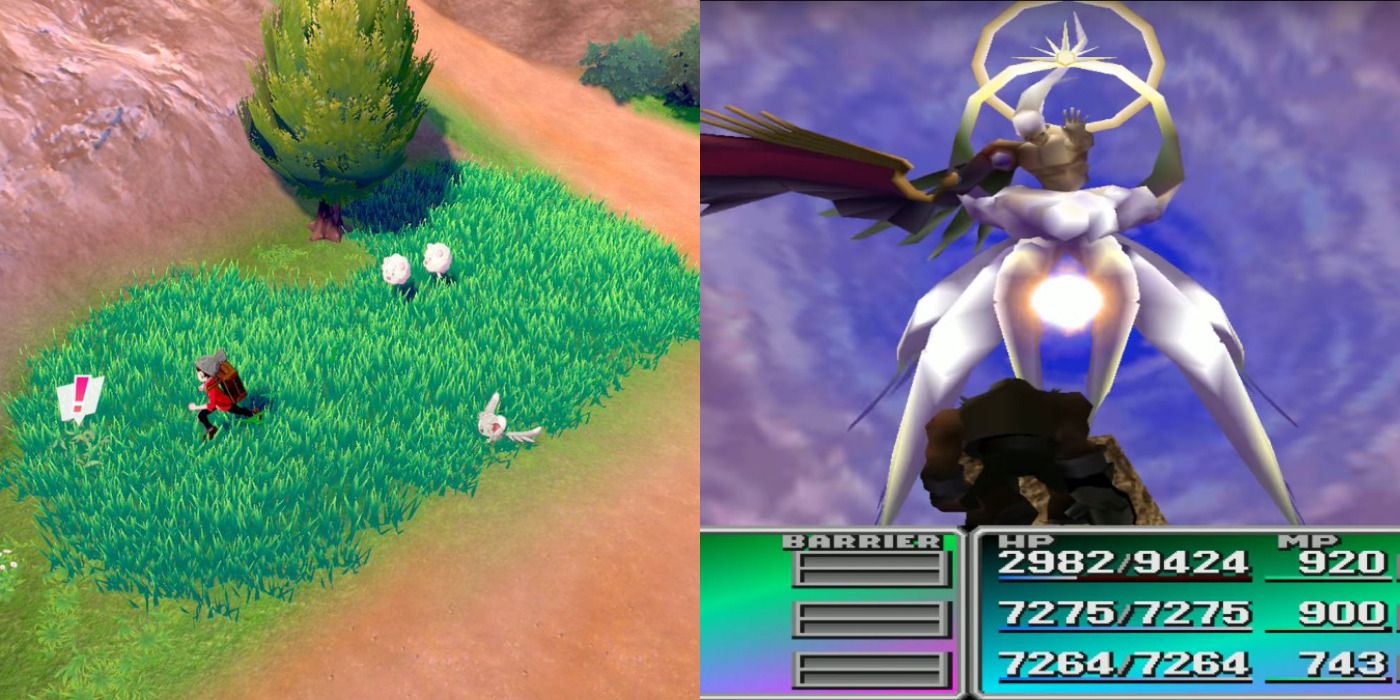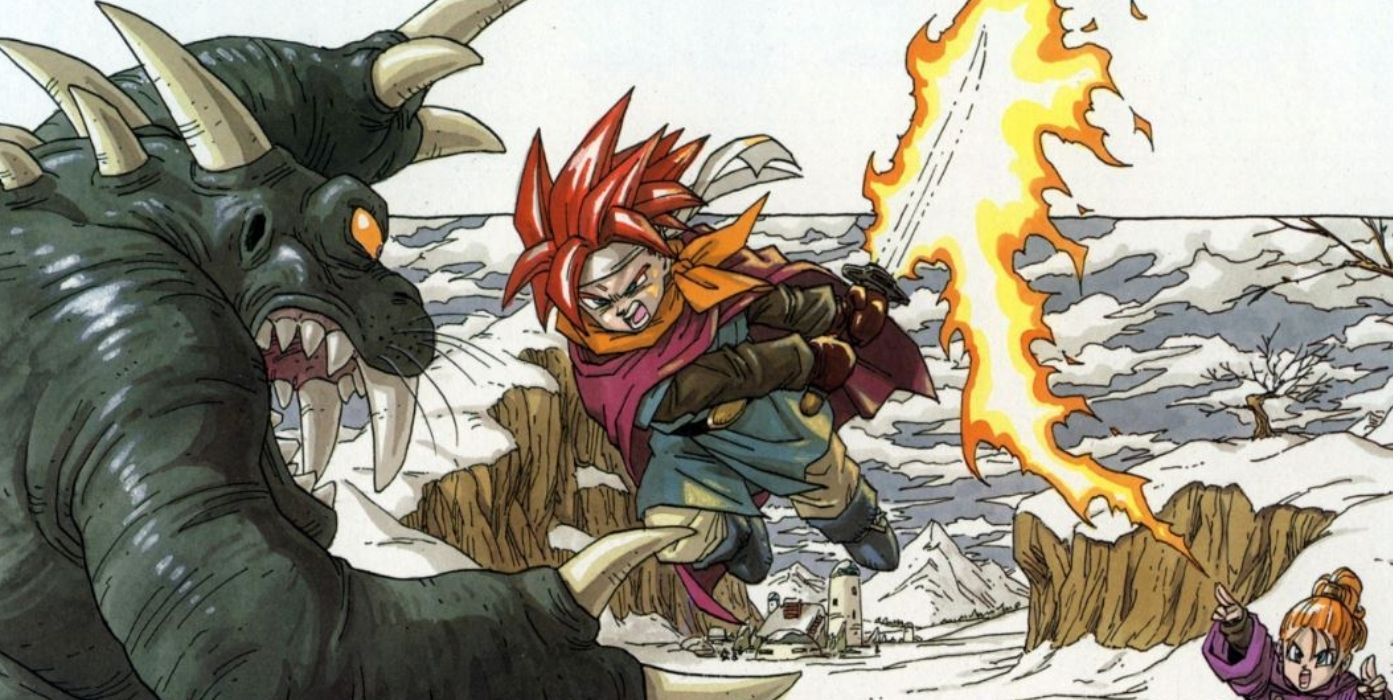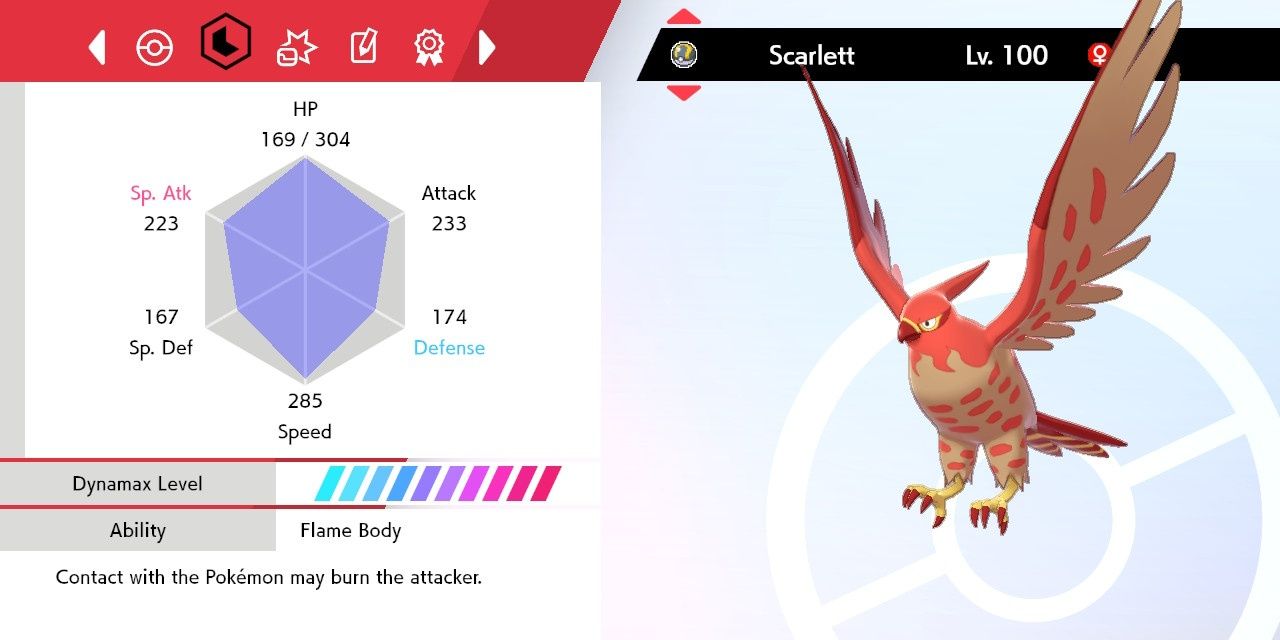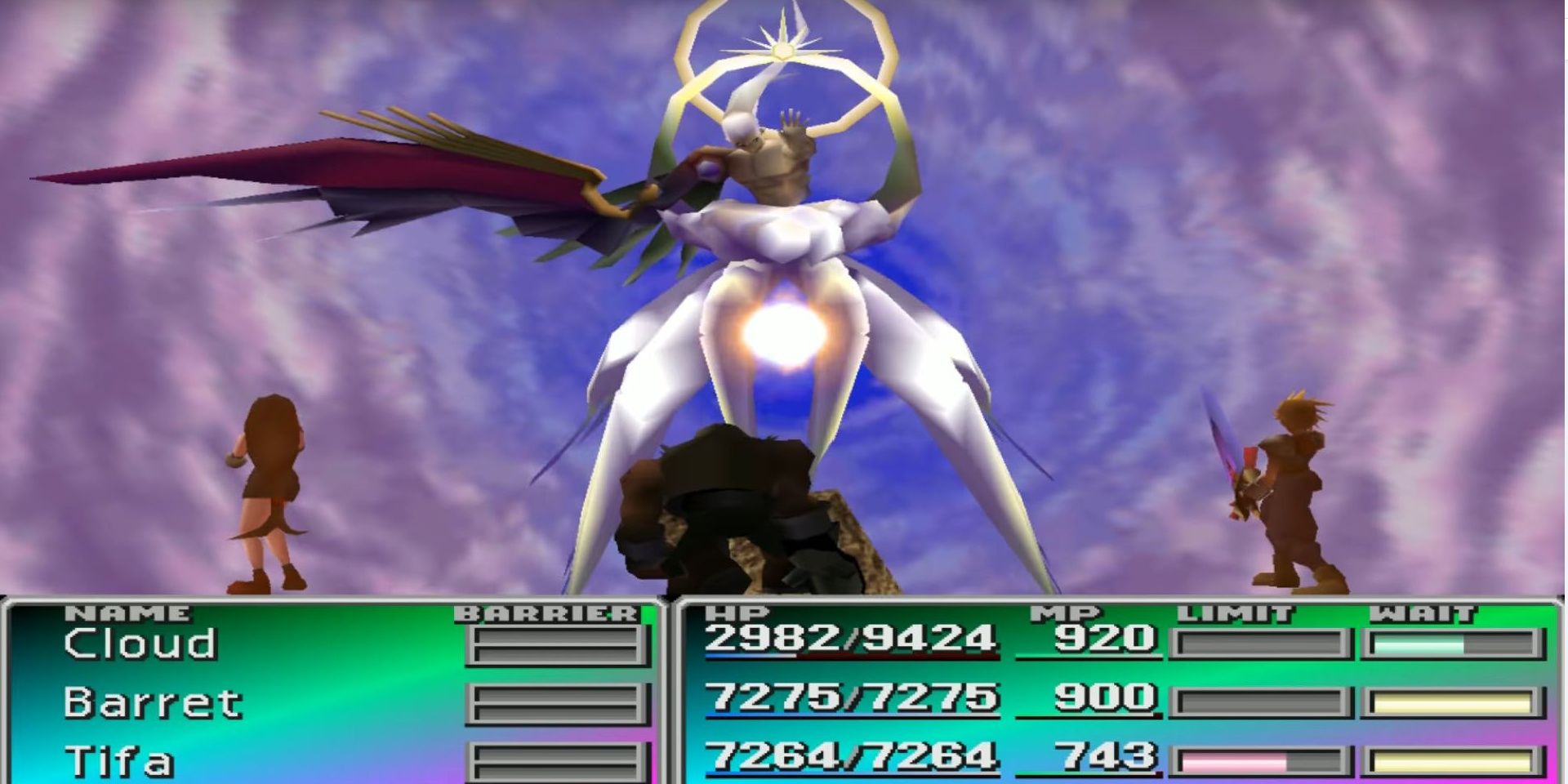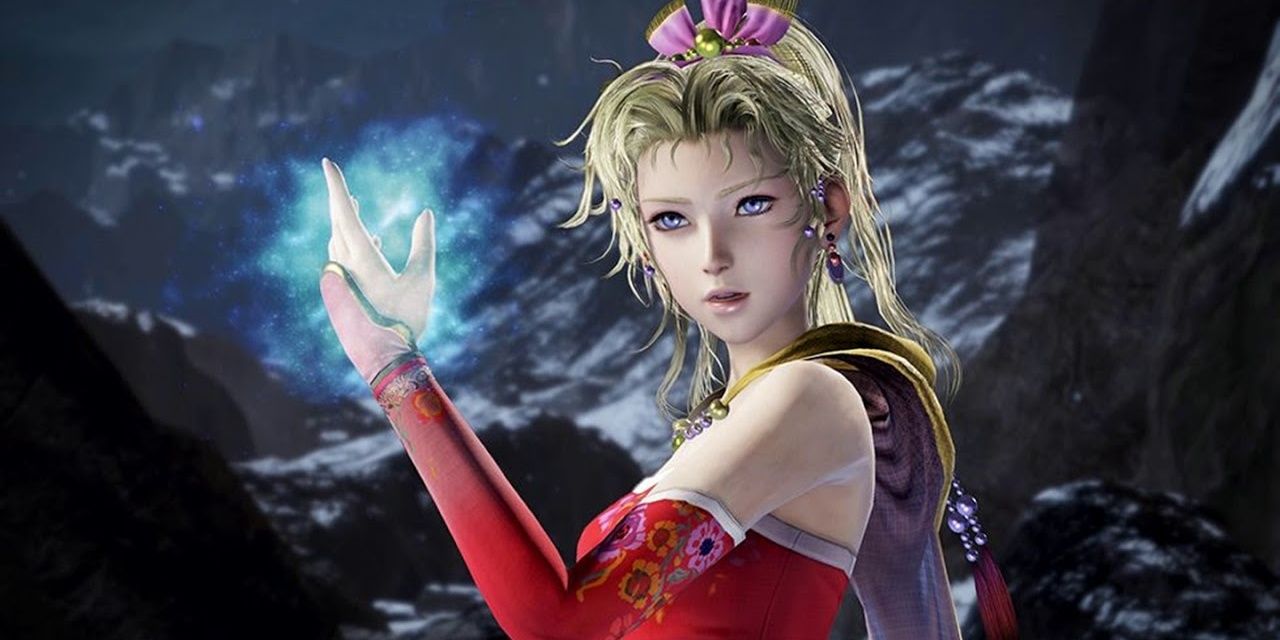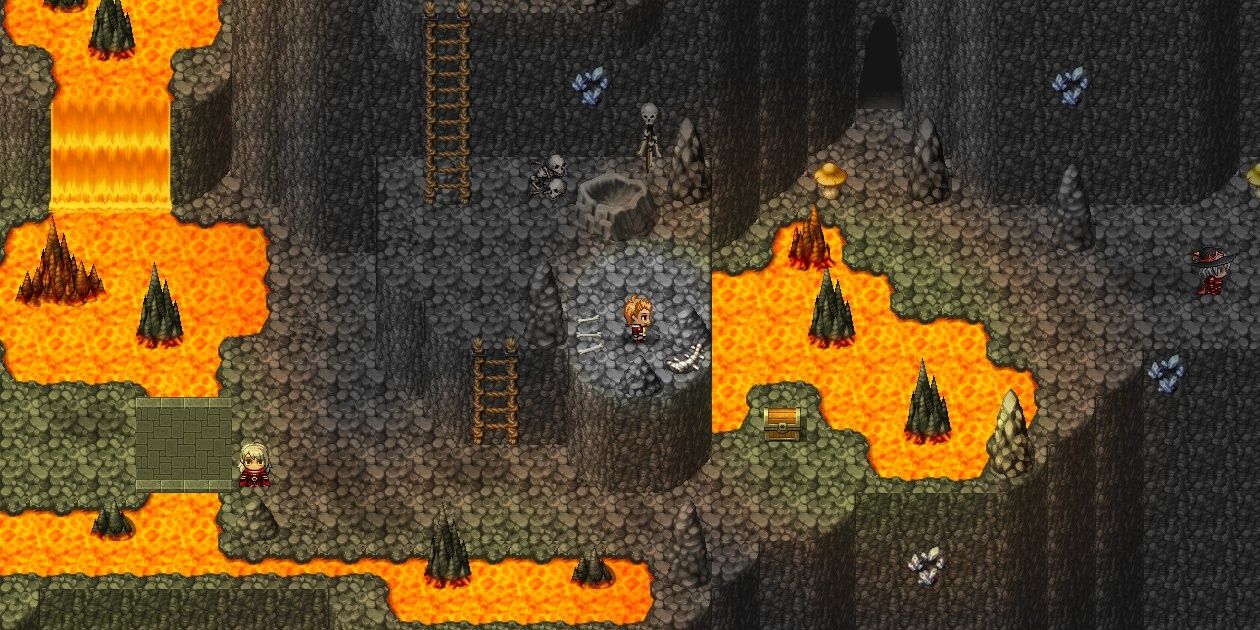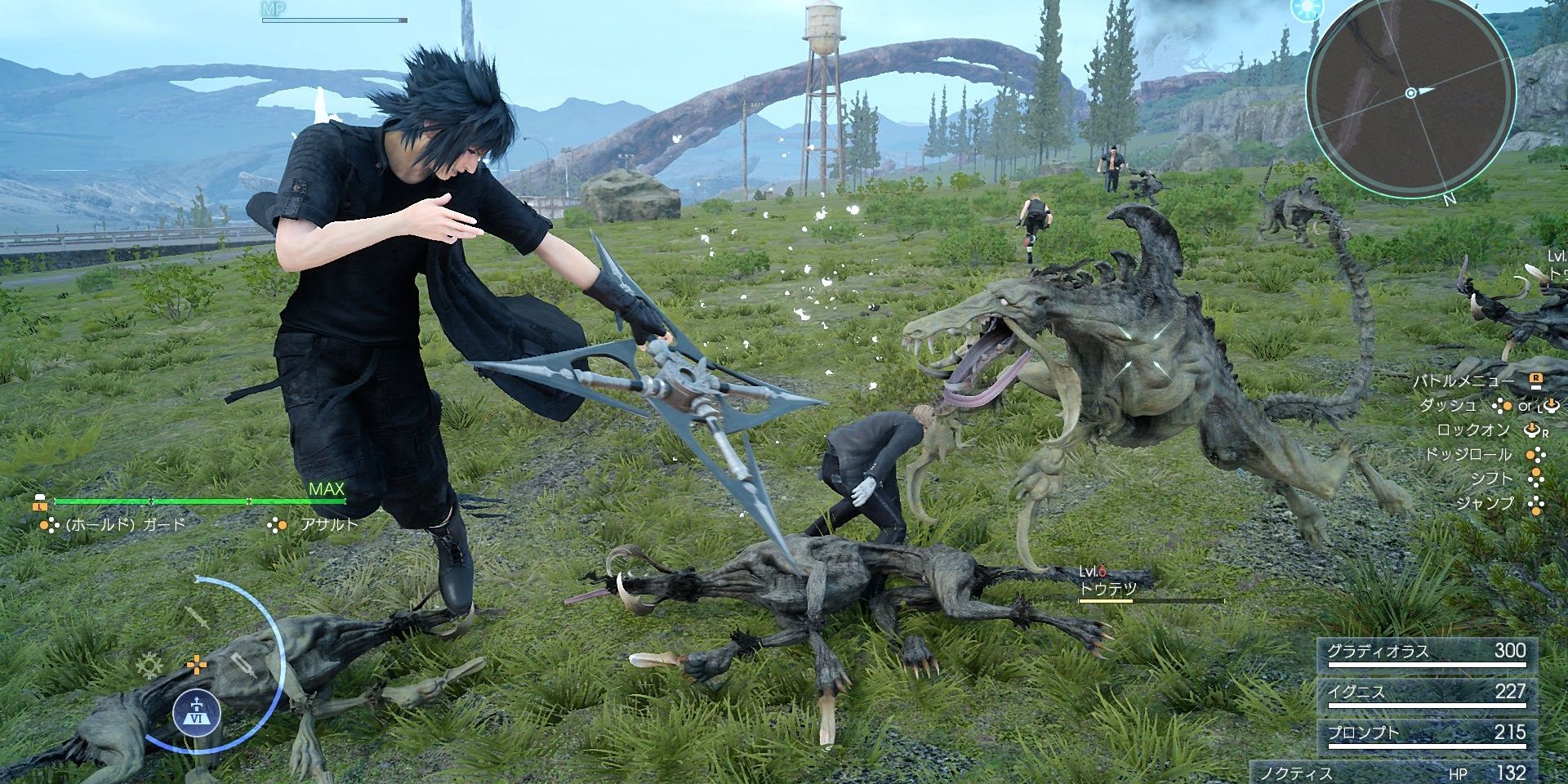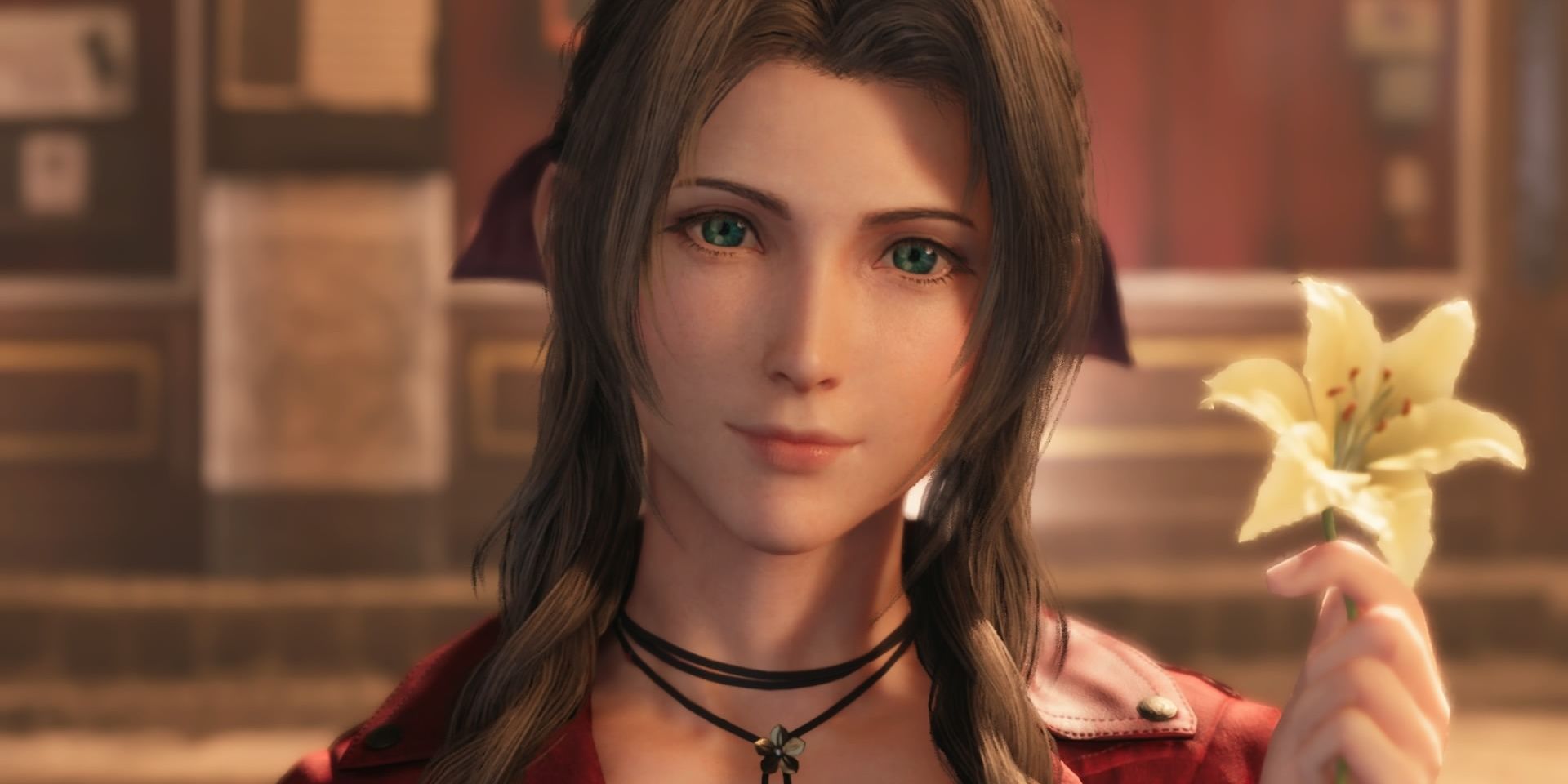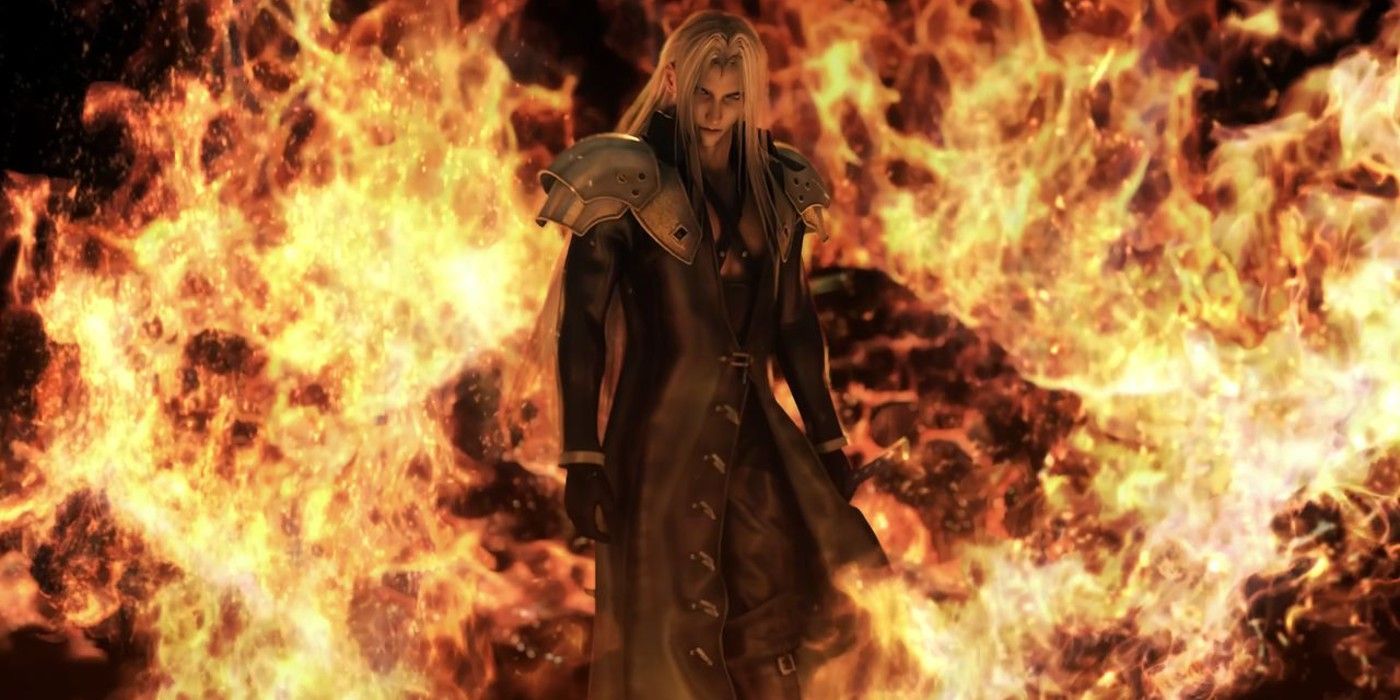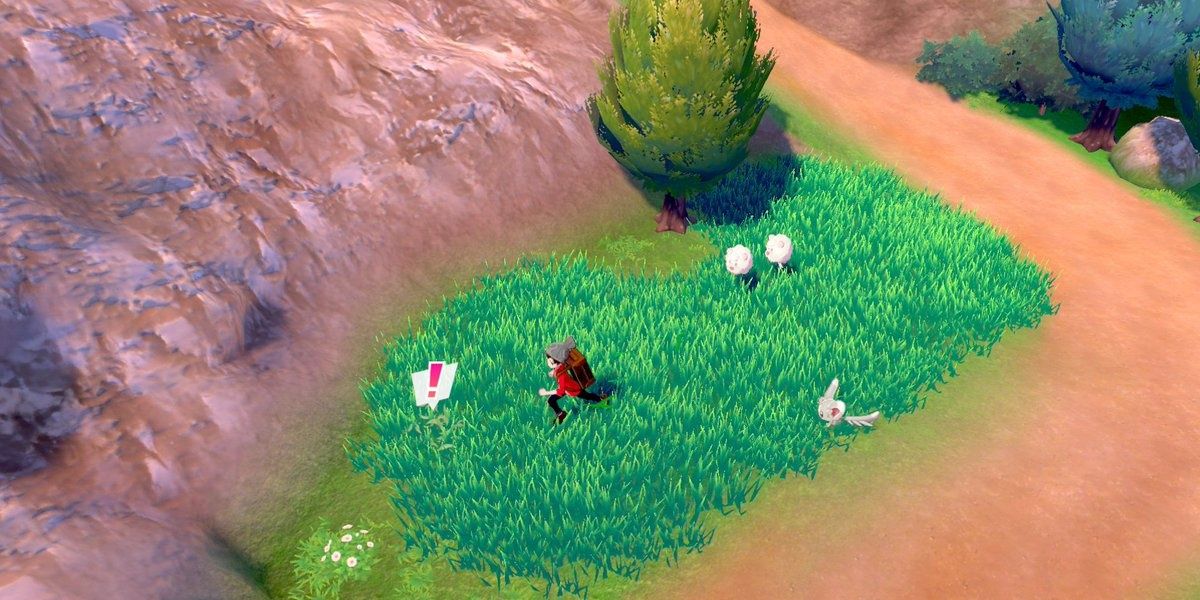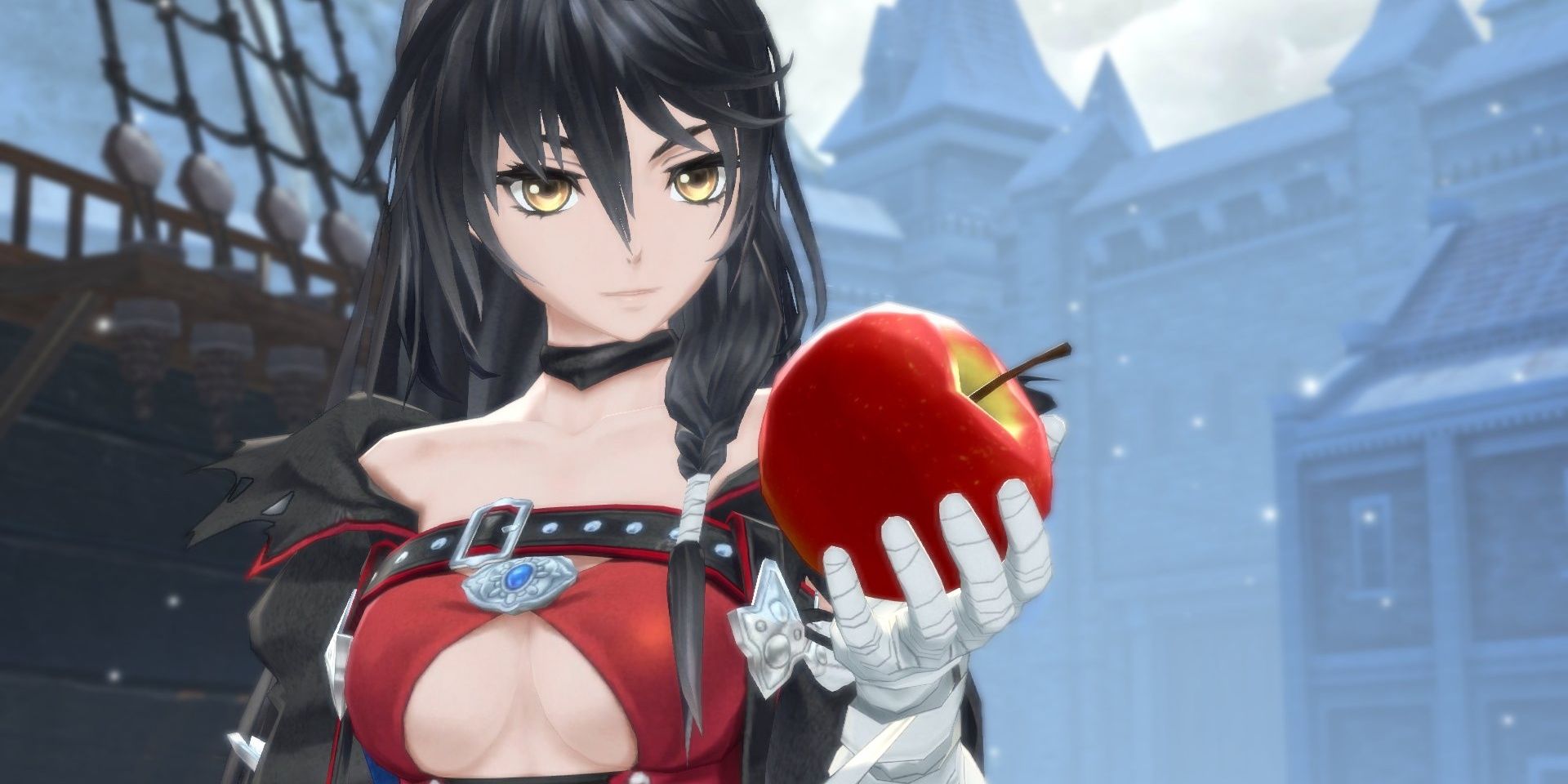JRPGs are one of the oldest genres in gaming. The earliest Japanese Role-Playing Games were released in the early 1980s, and influential JRPG franchises such as Dragon Quest & Fire Emblem began around the mid-1980s. This relative age means the genre has undergone many transformations over the years while still retaining a certain level of recognizability.
Many tropes of JRPGs can still be recognized in modern games, even by newcomers to the genre. Exp & Leveling up, Micro-management of gear & statistics, and so on. However, many of the tropes which filled the classic titles have either become or are becoming a thing of the past. As technology and design philosophies move forward, for better or worse, the tropes that filled many of the greatest JRPGs of all time are being left in the dust.
10 The Silent Protagonist - Actions Speak Louder
A wise philosopher once said,"'Better to remain silent and be thought a fool, then open your mouth and remove all doubt," which is clearly what many JRPG protagonists of the 1980s & 90s were thinking as they went on their grand adventures.
Aside from occasionally saying yes or no, or telling someone if they're a boy or a girl, protagonists in JRPGs rarely said a word. Instead, quite often, the protagonists' friends would do the talking for them, leading to words being put in their mouth and the story happening around them. With modern games utilizing cutscenes and full voice acting, having their protagonists remain speechless would stick out like a sore thumb. As such, the only silent protagonists left in JRPGs are those of classic franchises, such as Pokemon or Dragon Quest.
9 Hidden Stats - Crunching The Numbers
With the march of technology has come the possibility of more complex behind-the-scenes systems in games. JRPGs are known for their many numbers and stats, and as time has gone on, more and more of these stats are put in front of the players face.
In classic JRPGs, stats like Critical Hit Chance and Attack Speed were kept away from the player, but now they are open to be viewed and manipulated by players. Even when games do try to keep numbers hidden - like Pokemon's Catch Rates or Shiny Odds - the many data miners of the online world expose them for all to see.
8 Active Time Battles - Variable Turn Timers
The Active Time Battling system is a variation on turn-based combat. Rather than every participant in the battle having a set turn order, battles would play out in real-time, with each character only being able to act after certain time intervals had passed.
This system was innovated and popularized by the Final Fantasy franchise but also saw use in classic titles like Chrono Trigger. It held advantages, such as being able to variate the turn order, adding an extra layer of strategy to battles. However, players got tired of it, finding it repetitive and often boring. This led to the Active Time Battle system being almost entirely dropped from the genre, with games now innovating other amazing combat systems.
7 Amnesiac Protagonist - Finding Out Who You Are
JRPGs often feature very complex worlds, with a lot of deep lore to learn about. Dropping players into these worlds very suddenly can be quite disorienting, so a conduit is needed to help the player learn. This is where the Amnesiac Protagonist comes in.
The game's protagonist will wake up with no memory of who they are or what's in this world, meaning that all the other characters have to explain everything to them, and thus, the player. However, increasing JRPGs are finding more creative ways to explain things to the player, as often the protagonist is a far more active participant in the world and story than in classic titles.
6 The Classic Dungeon Designs - The Basic Elements
A water dungeon, a desert dungeon, a lava dungeon and so on and so on. For many years, there were a few pre-set environments that players could be sure to encounter in almost every JRPG they played. It was an easy trope for designers to keep environments varied and gave consistent enemy designs.
Now, dungeon design has become more varied. While most JRPGs will still feature one or two of these tropey-dungeons, not all of them conform so heavily. More often than not, designers can work many features from the old dungeon tropes into one dungeon to create much more organic and realistic feeling dungeons.
5 Grinding - More Forgiving Levelling Curves
Many players have voiced their concern over the years that JRPGs are, as a whole, getting easier. While there is truth to this in some series like Pokemon, for the most part, games are just a lot better at scaling the players level & abilities with the difficulty curve.
One of JRPGs more annoying mechanics, the days where players would have to spend hours beating up random encounters to be a high enough level for the next dungeon, are long gone. The scaling on XP & levelling has become far more nuanced and cleverly designed, to the point where, for most games, players can expect that their level will be on par with the next challenge as long as they're not blazing past everything.
4 Damsel In Distress - Kidnapped Family & Lovers
This trope is one that was seen in almost every gaming genre in the golden era of JRPGs, although they were a little slower to ditch the trend. Be it a little sister, a childhood friend or a romantic partner; if a JRPG had a male protagonist, it was a guarantee that one of their close female companions would be kidnapped and/or killed by a devious villain at some point during the story.
As the years have given audiences a greater desire to see fair female representation, narrative designers push to put their female characters front-and-centre to the action; moving away from using them as plot devices.
3 A Destroyed Home Town - Motivation To Leave
In a classic JRPG, if the kidnap or killing of a loved one wasn't the motivation for the adventure, it was almost certainly the destruction of the protagonist's home town in the opening hours. Doing this is a good plot device to cut off the protagonist's safety net and create the feeling of being alone in the world.
More often now, though, JRPGs like to keep a place that the protagonist can call home available. This way, there's a place that players can keep coming back to when they need to buy new/upgrade their existing gear or deal with side quests.
2 Blind Random Encounters - See Your Foe Before You Fight
It's a tale as old as time in JRPGs. Walk into the grass, and suddenly a random monster wants to fight. For years, this was the only practical way to do it, as processing power wouldn't allow for monsters to populate the game's overworld.
Thankfully, technology has now reached the point where the various monsters can freely roam any overworld before they charge to attack the player. Now players can employ movement techniques to avoid such opponents, and they can see what foes they want to encounter before they're forced to fight.
1 The Hero Is Always Right - Moral Gray Area
In the early days of the JRPG genre, the character motivations were fairly simple. There was the occasional betrayal or bad decision, but the good guys were always good people, and the bad guys were always terrible people and/or monsters.
Most importantly, whatever choice the hero made was always the morally correct choice to make. They were pure of heart and soul and could never set a foot wrong. In the modern era, stories in games have gotten more complex to the point where they're willing to question a hero's morality if it serves the plot. Adding shades of gray to a character can be a very compelling idea and serves as a good focus for the emotional journey of a JRPG story.

